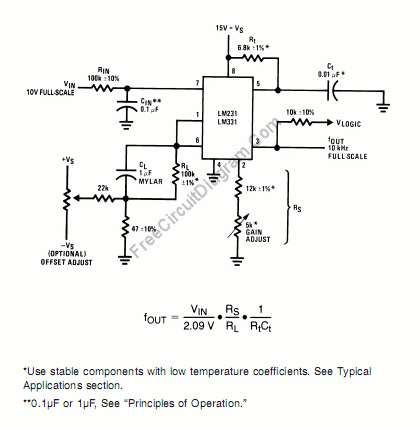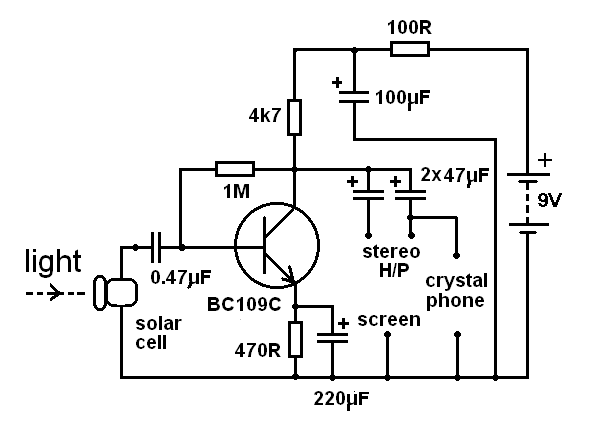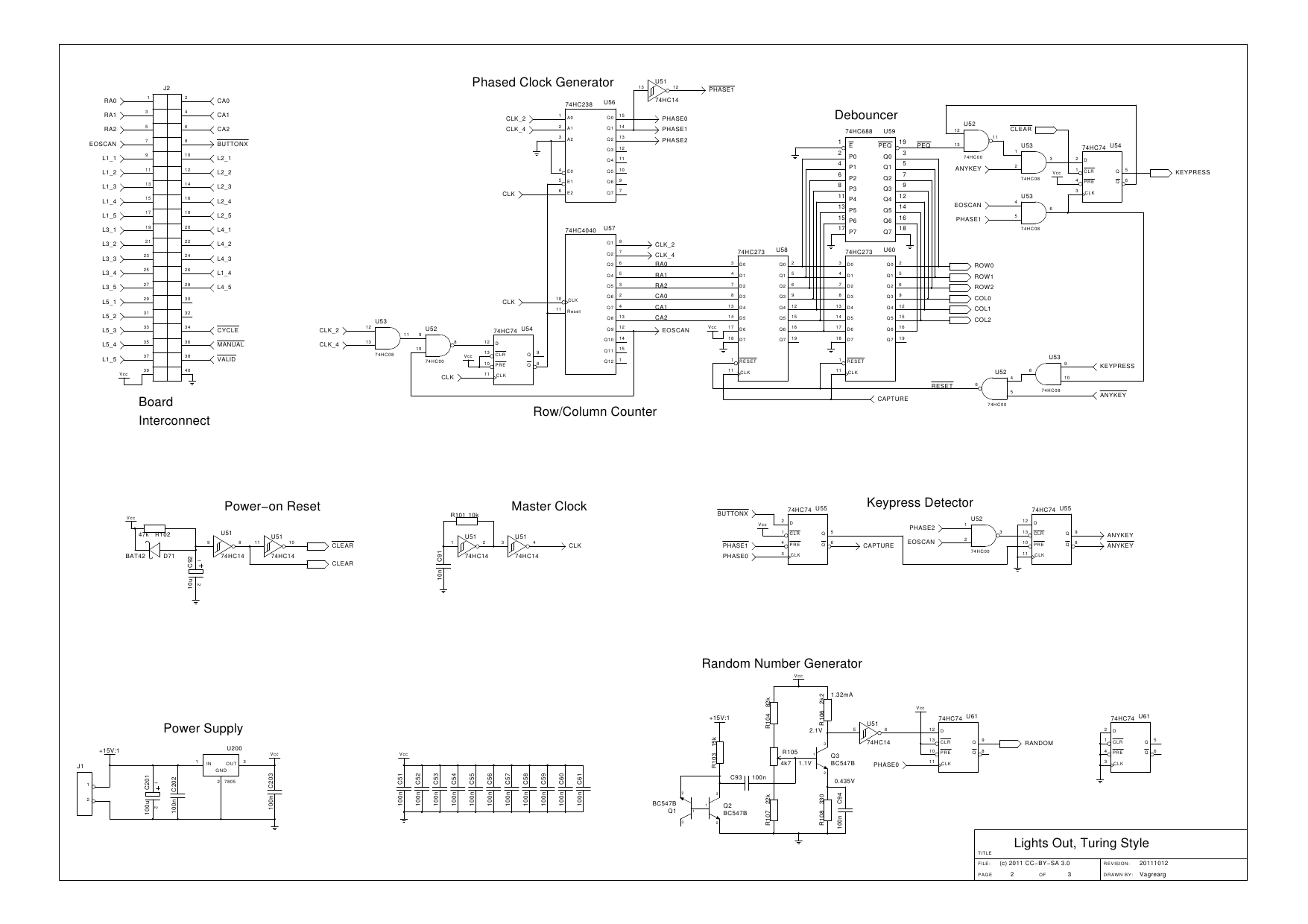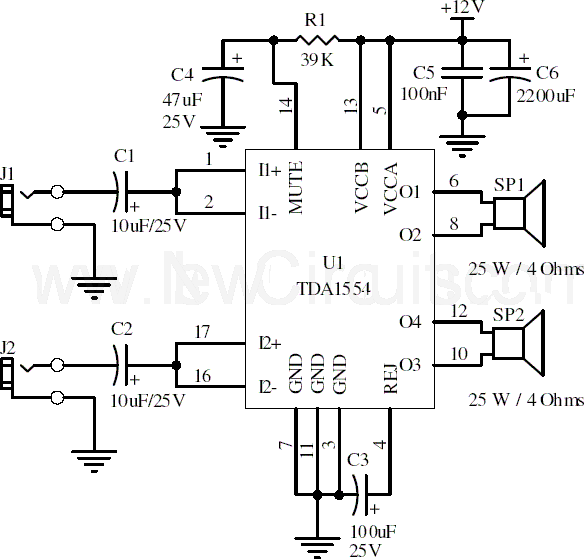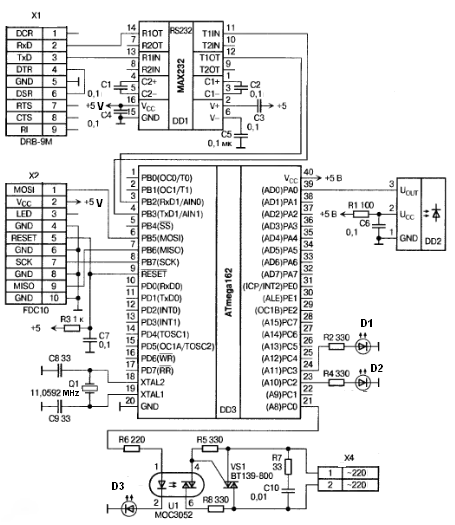
led tube light using transformer
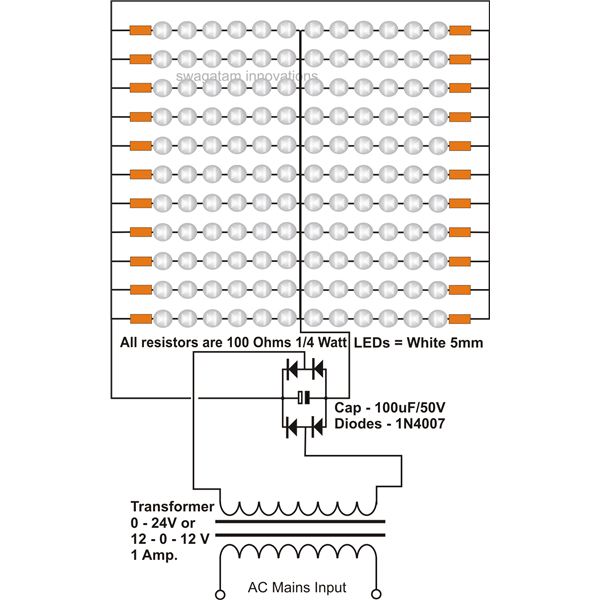
The use of white LEDs for home illumination is gaining popularity due to their high power efficiency. The diagram illustrates a simple circuit configuration that consists of multiple LEDs arranged in both series and parallel. In the LED tube light circuit utilizing a transformer, the LEDs are powered by a standard 24 V power supply, which provides bright illumination for the LED array. This power supply includes a bridge rectifier and a capacitor network to rectify and filter the supply voltage for the LEDs. Given that the supply voltage is 24 V and the forward voltage of a white LED is approximately 3 V, the maximum number of LEDs that can be connected in series is calculated as 24/3 = 8. However, to accommodate a larger number of LEDs (132 in total), multiple series strings of LEDs must be connected in parallel. Current limiting is critical for white LEDs, thus a limiting resistor is included in series with each string. The resistor value can be optimized by the user to adjust the overall brightness of the LED tube light. This design is capable of providing sufficient light to brightly illuminate a small room measuring 10 by 10 feet, consuming no more than 0.02 * 22 = 0.44 Amps or 0.44 * 24 = 10.56 watts of power.
The LED tube light circuit is designed with efficiency and practicality in mind. The power supply converts the AC mains voltage to a stable 24 V DC output suitable for driving the LED array. The bridge rectifier consists of four diodes arranged in a configuration that allows for full-wave rectification, ensuring that the LEDs receive a consistent voltage regardless of the AC input polarity. The capacitor serves to smooth out the rectified voltage, reducing ripple and providing a more stable supply to the LEDs.
The arrangement of the LEDs in series allows for a straightforward calculation of the number of LEDs that can be connected per string. With a forward voltage of approximately 3 V per LED, the maximum number of LEDs in series is determined by the supply voltage divided by the forward voltage. In this case, with a 24 V supply, up to 8 LEDs can be connected in series (24 V/3 V = 8). However, to achieve the desired total of 132 LEDs, multiple strings of 8 LEDs must be connected in parallel. This parallel configuration ensures that each string receives the same voltage while allowing for a higher total current draw, which is critical for achieving the desired brightness.
The inclusion of current limiting resistors is essential for protecting the LEDs from excessive current, which can lead to thermal runaway and potential failure. The value of the limiting resistor can be calculated based on the desired current through each LED string, taking into account the supply voltage and the forward voltage of the LEDs. By adjusting the resistor value, users can fine-tune the brightness of the LED tube light to meet specific lighting requirements.
Overall, this LED tube light circuit design is efficient, cost-effective, and capable of providing adequate illumination for small spaces, making it an excellent choice for residential lighting applications. The total power consumption of 10.56 watts indicates that the system operates efficiently, contributing to lower energy costs while delivering effective lighting solutions.Using white LEDs for illuminating our homes is becoming popularnowadays, due to the high power efficiency involved with these devices. The diagram shows a straightforward configuration involving many LEDs, arranged in series and parallel.
Refrring to the shown LED tube light circuit using transformer we see the LEDs are driven by a general pur pose 24 V power supply for illuminating the LED bank very brightly. The power supply incorporates standard bridge and capacitor network for the required rectification andfiltrationof the supply voltage to the LEDs. The supply voltage being 24, dividing it by the forward voltage of a white LED which is around 3 volts gives 24/3 = 6, meaning the supplyvoltagewill be able to support at the most 6 LEDs in series.
However since we are interested to include many LEDs (132 here), we need to connect many of these series connected strings of LED through parallel connections. Since current limiting becomes an important issue with the white LEDs, a limitingresistoris added in series with each of the strings.
The value of the resistor may be optimized by the user foradjustingthe overallilluminationof the LEDtube light. The proposed design will provide enough light forilluminatinga small 10 by 10 room brightly, and willconsumenot more than 0.
02 * 22 = 0. 44 Amps or 0. 44 * 24 = 10. 56 watts of power. 🔗 External reference
The LED tube light circuit is designed with efficiency and practicality in mind. The power supply converts the AC mains voltage to a stable 24 V DC output suitable for driving the LED array. The bridge rectifier consists of four diodes arranged in a configuration that allows for full-wave rectification, ensuring that the LEDs receive a consistent voltage regardless of the AC input polarity. The capacitor serves to smooth out the rectified voltage, reducing ripple and providing a more stable supply to the LEDs.
The arrangement of the LEDs in series allows for a straightforward calculation of the number of LEDs that can be connected per string. With a forward voltage of approximately 3 V per LED, the maximum number of LEDs in series is determined by the supply voltage divided by the forward voltage. In this case, with a 24 V supply, up to 8 LEDs can be connected in series (24 V/3 V = 8). However, to achieve the desired total of 132 LEDs, multiple strings of 8 LEDs must be connected in parallel. This parallel configuration ensures that each string receives the same voltage while allowing for a higher total current draw, which is critical for achieving the desired brightness.
The inclusion of current limiting resistors is essential for protecting the LEDs from excessive current, which can lead to thermal runaway and potential failure. The value of the limiting resistor can be calculated based on the desired current through each LED string, taking into account the supply voltage and the forward voltage of the LEDs. By adjusting the resistor value, users can fine-tune the brightness of the LED tube light to meet specific lighting requirements.
Overall, this LED tube light circuit design is efficient, cost-effective, and capable of providing adequate illumination for small spaces, making it an excellent choice for residential lighting applications. The total power consumption of 10.56 watts indicates that the system operates efficiently, contributing to lower energy costs while delivering effective lighting solutions.Using white LEDs for illuminating our homes is becoming popularnowadays, due to the high power efficiency involved with these devices. The diagram shows a straightforward configuration involving many LEDs, arranged in series and parallel.
Refrring to the shown LED tube light circuit using transformer we see the LEDs are driven by a general pur pose 24 V power supply for illuminating the LED bank very brightly. The power supply incorporates standard bridge and capacitor network for the required rectification andfiltrationof the supply voltage to the LEDs. The supply voltage being 24, dividing it by the forward voltage of a white LED which is around 3 volts gives 24/3 = 6, meaning the supplyvoltagewill be able to support at the most 6 LEDs in series.
However since we are interested to include many LEDs (132 here), we need to connect many of these series connected strings of LED through parallel connections. Since current limiting becomes an important issue with the white LEDs, a limitingresistoris added in series with each of the strings.
The value of the resistor may be optimized by the user foradjustingthe overallilluminationof the LEDtube light. The proposed design will provide enough light forilluminatinga small 10 by 10 room brightly, and willconsumenot more than 0.
02 * 22 = 0. 44 Amps or 0. 44 * 24 = 10. 56 watts of power. 🔗 External reference
